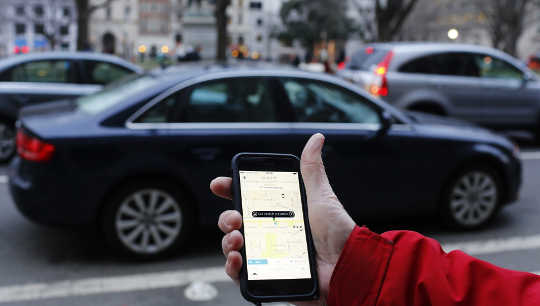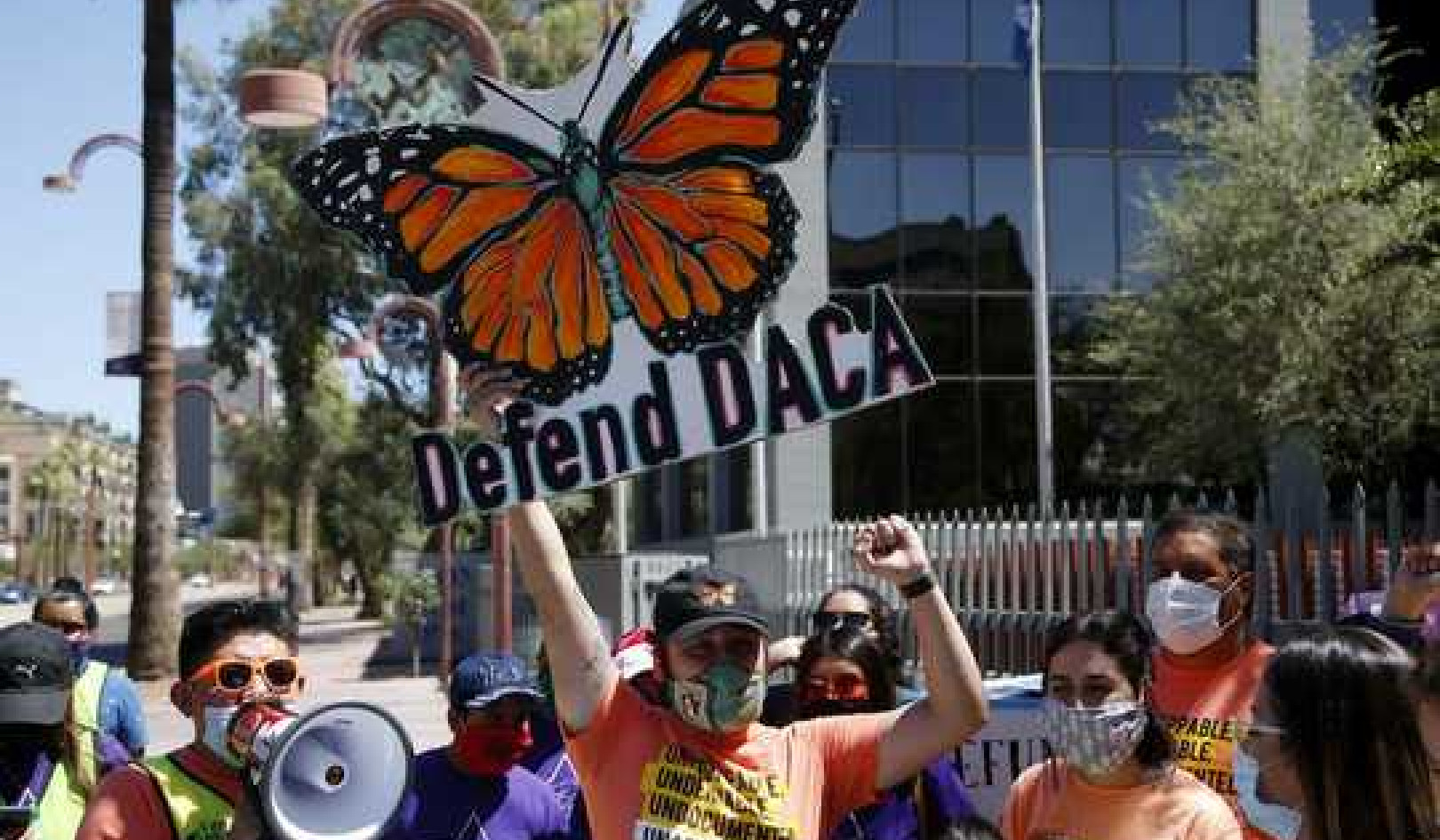
Economists used data from almost 50 million Uber sessions to figure out just how much customers are benefiting from the ride-sharing service.
The results show the company’s main service generated $6.8 billion in consumer surplus in the United States last year.
For each dollar spent by Uber consumers last year, about a $1.60 in additional benefit was generated.
Consumer surplus is calculated by examining the difference between how much people are willing to pay for a service and how much they actually pay. In the case of Uber, researchers found for each dollar spent by consumers last year, about a $1.60 in additional benefit was generated.
The economic measure of consumer benefit outpaced both the revenue of Uber drivers and the company.
“I was expecting to find a big number for consumer surplus because when you talk to people about Uber, they really like the service and see it as a cheap option,” says Steven Levitt, an economics professor at the University of Chicago. “I think our findings should change the policy discussion.
“To date, the conversation has revolved around the idea that there are people who are hurt by the service, mainly taxicab medallion owners. There’s little discussion of the benefit to consumers.”
Levitt, working with Robert Metcalfe, a research scholar at the University of Chicago’s Becker Friedman Institute; Robert Hahn, an economics professor at Oxford; and Peter Cohen and Jonathan Hall, economists at Uber, used data from almost 50 million customer sessions in the company’s four largest US markets—Chicago, Los Angeles, New York, and San Francisco—to calculate the consumer surplus generated by Uber. The findings were released as a National Bureau of Economic Research working paper this month.
Estimating any company’s consumer surplus is difficult because of the need to understand not just how much people paid for the service, but how much more they would have been willing to pay. The data that Uber collects about its service allowed the researchers to gain new insights into this question.
“While most Uber riders don’t think in terms of consumer surplus, calculating the economic measure provides real insight into the benefit they’re experiencing, helping to explain the company’s explosion in popularity,” Metcalfe says. “Exploring such research questions traditionally hasn’t been possible, but that’s changing because of the large and rich data sets companies like Uber are able to collect and share with academics.”
Access to Uber’s data
Economists study consumer surplus to understand questions ranging from the existence of a monopoly to the value of innovation. For this study, Levitt and his fellow researchers turned to Uber’s customer sessions, which capture tens of millions of individual decisions on whether to hire a driver at real-time prices. The company agreed to provide researchers access to such data and the right to publish their findings.
The researchers focused on Uber’s largest service known as UberX through which customers request rides. The company’s mobile app matches such customers with Uber drivers who transport people in their personal vehicles. Prices are set depending on local demand, so they can surge as a growing number of people request rides.
Researchers relied on how Uber rounds up or rounds down a price change, allowing them to observe individual customers who faced similar market conditions but different prices. The tens of millions of observations collected in the data let researchers estimate changes in demand, which were then used to calculate consumer surplus.
Cities increasingly are debating the impact of ride-sharing companies, particularly in the face of opposition from taxi cab owners who are seeing the value of medallions fall. While the new study highlights the consumer benefit of Uber, researchers caution their findings don’t fully capture what is happening as ride-sharing companies grow.
Their work captures the effect of what would happen if Uber exited the transportation market in the short term, estimating a one-day shutdown to equal the loss of $18 million in consumer surplus. But the findings don’t estimate the effect of a permanent ban on ride-sharing companies, which would likely produce much higher losses in consumer surplus, researchers say.
Source: University of Chicago
Related Books:
at InnerSelf Market and Amazon























